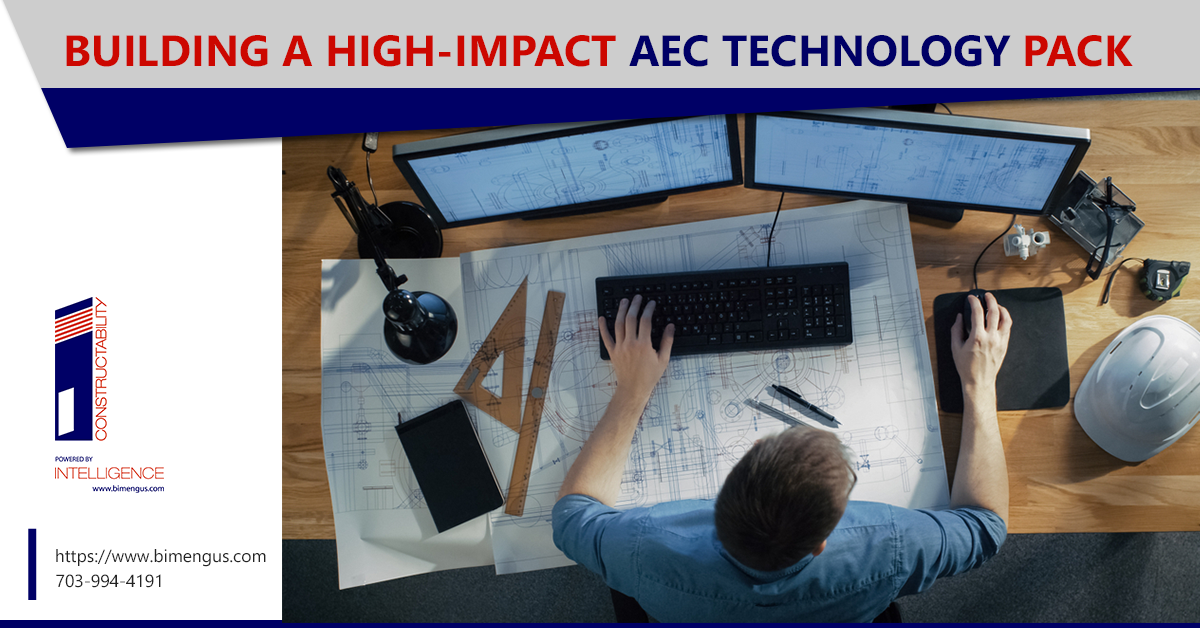The adoption of technology for the construction sector has created a significant impact. It has come a long-way since the past 2 decades, and it continues to evolve through forward thinking, processes, and technology. Whilst some processes and technologies are viable for many owners, individuals, or AEC firms, some are still distant in terms of understanding, adoption, and viability.
Some of the processes & tech that has delivered tangible results would be Building Information Modeling (BIM), Virtual Reality & Augmented Reality, 3D modeling or BIM authoring software, cloud adoption, autonomous technology, and more. Some of the technologies that look far-fetched would create a gradual impact in the future.
With so many challenges in the construction industry viz. cost, time, project bottlenecks, collaboration, skilled labor, and more, it is high time the construction industry built its own technology stack to empower every piece and element of a project to move forward in an efficient style.
Building a full-scale process and technology stack for the AEC sector that creates a significant impact across the entire project lifecycle can be leveraged by owners, engineers, designers, and other stakeholders.
Building Information Modeling (BIM)
BIM can be what you want it to be, people have different versions of BIM, and all of them are fine as long the process and technology serves the purpose – a dynamic and efficient system that streamlines various processes at multiple project levels using 3D modeling software, and backed by robust human collaboration, precise project scheduling and cost reckoning.
Winning contracts is what sets the project going, the integration of BIM and Blockchain creates a singularity wherein deliverables from various trades and parties can be bundled up in a single Blockchain, which enables a better workflow, quicker closeouts, enhanced project security & tracking, and an automated supply chain.
Cloud-based applications
IoT automation integrated with cloud based platforms can be leveraged by AEC individuals and firms to create robust workflows, enhanced collaboration, and mitigate faults between various trades. Cloud-based clash detection software makes it easier for projects to move forward as the entire team looks at one single model, and works its way out to clear out critical bottlenecks, clashes, and manage projects efficiently.
How is this done? A web-based conferencing software makes it simple for all the stakeholders to connect on a single platform, and creating an environment that facilitates efficient project progress.
Wearable Technology
Workers on-site can be connected through smart wearable technology. This means precise and faster assemblies or installations backed by robust labor safety. Wearable tech renders construction professionals the ability to communicate through voice or video, create smart calendars or schedules to track project progress.
Prefabrication Modules
Modular or prefab units continue to grow for smart buildings. There’s a lot of buzz in the sector about modular construction being a significant element in green-building. With modular or prefab units, owners can cut down on project costs, mitigate rework, and get construction waste down to zero. But this requires enhanced collaboration between the designers, GC’s, and fabricators as custom elements have to be built with precise fabrication drawings.
Data Breakdown and Artificial Intelligence
Every business uses data as the principal driver to boost business processes, and make them more efficient. The volume of data generated globally is colossal, and it needs hyper-fast hardware and intelligence to process it. This is where AI and machine learning spin out millions of probabilities through huge data stacks and make the whole analysis process easy.
By moving to proactive judgment, owners can reduce building costs whilst improving business safety through informed decisions. Analyzing various trends in the industry makes it easy for AI systems to conclude better deals and also ensure timely delivery.
Skilled Workforce
Whilst many individuals or firms continue to use traditional building methods, it is time for them to adopt few of the processes or technology that can create a significant impact on their project, and the lives around them. It is time to build a robust technology stack that puts AEC firms in a better position to grasp more contracts whilst keeping a low carbon footprint as well. Moving from legacy building methods to modern technology requires training the present and future generation on new processes and software. This transformation does create long-term benefits for professionals and firms.
In Summary
Thus, determining your technology pack or stack delivers an efficient process for your project or firm. If you’ve not identified what technology or process works best for you, it is time to know it so that you get a clear understanding of your project needs, current state of your project, conditions, and more.
